Beijing
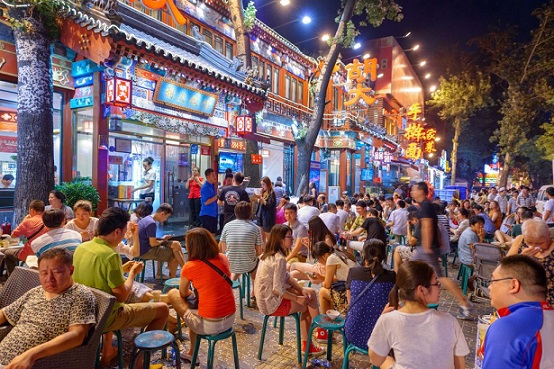
Exploring the core of Beijing
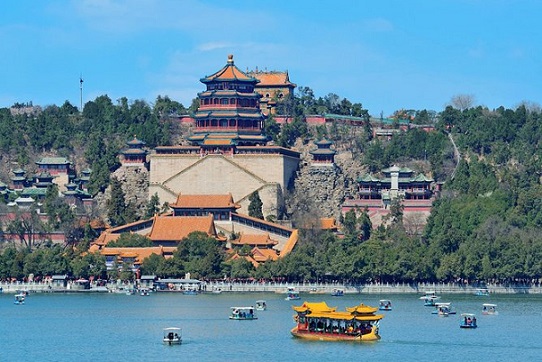
Zhong Nan Hai, Bei Hai, and Hou Hai, the center regions around the Palace Museum (Forbidden City), city gates, and the lakes, have been recognized as protected landmark districts that preserve the characteristics of Old Beijing. The Inner City and Outer City form concentric circles around the central Forbidden City.
The Forbidden City, often called the Palace Museum, is the best place to witness the power and splendor of the Imperial Chinese court during the Ming and Qing eras. If you wish to stroll among the expansive and breathtaking courtyards in relative privacy, arrive when the gates open, which is at 8.30am.
Tiananmen Square, the world's largest square and the location where Mao Tse Tung proclaimed the founding of the People's Republic, is a fantastic site to start your exploration of the city. On the other side of the Forbidden City gate stands Mao's mausoleum, which is encircled by government buildings and monuments in the Soviet style. The suppression of the student-led pro-democracy demonstrations in the spring of 1989 is now more strongly associated with the Square.
The Chinese emperors who had a strong interest in the Tibetan (Tantric) branch of Buddhism constructed the Lama Temple, also known as the Palace of Peace. Numerous Tibetan and Mongolian monks have resided and taught here over the years, and monks still do. The 18-meter figure of Maitreya Buddha, which was carved from a single piece of sandalwood, is the temple's most well-known feature.

Zhongnanhai, the center of Communist China, may be seen from Winter Palace or Beihai. In contrast to a serene island in the center of the park and a stunning 17th-century white pagoda, the skyline is composed of enormous government structures (PRC's General Staff and Ministry of Defense). See some tiny but lovely gardens on the north bank of the park before you depart.
The best spot to gain a glimpse of Chinese daily life is Beijing's Hutong Villages, which are mostly representative of the traditional homes of Chinese residents. Regretfully, most Hutongs have been destroyed to create room for more contemporary structures. You should see these classic Hutong villages, which have rickshaws that can maneuver along their winding streets.
An early morning visit to one of Beijing's public parks is another fascinating experience that will give you a sense of China's traditional customs. This is the time when people engage in their favorite physical activities, such as ballroom dancing, Tai Chi, jogging, or singing.
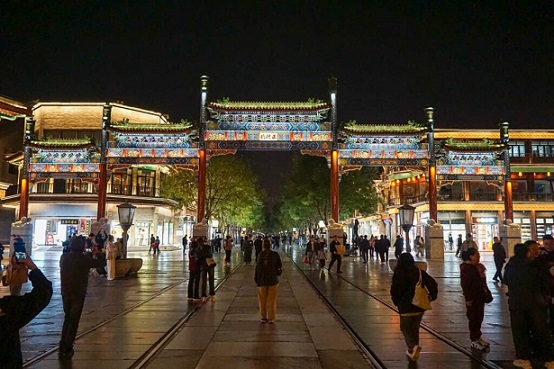
In addition to being a stunning sight, the Temple of Heaven, Beijijng's greenest public park, is situated southeast of Tiananmen Square. Every year, the monarch would pray for fair weather and bountiful crops at the temple itself. The Temple of Heaven, which has many old trees, serene woodlands, and incredible seclusion, is a favorite spot for locals to practice tai chi, dance, and other activities on the weekends and in the mornings.
Fragrant Hills, located in Beijing's northwest, is a great spot for picnics and weekend excursions. Originally a Qing royal garden, Fragrant Hills is a short, simple climb in the Beijing suburbs. The Fragrant Hills Hotel, created by I.M. Pei (Louvre Museaum Pyramid), is also located there.
For those sick of city smog and traffic, the Beijing Botanical Gardens, which are only a short distance from Fragrant Hill's east gate, provide acres of flowers and greenery. The previous emperor Puyi's instructor, Sir Johnston, owned a home in Cherry Glen, a serene and lovely haven in the Gardens. The gardens feature unique displays of peonies, tulips, peaches, and plum blossoms throughout the spring.
The charming Summer Palace is located 20 kilometers northwest of Beijing's center and is home to vast gardens and the remains of buildings built by the Qing rulers. In all of China, it is the biggest imperial garden. Over 3,000 buildings, including halls, pavilions, towers, and other structures, make up the entire Summer Palace, which spans more than 290 hectares. Visit the locations with some hidden ruins, caverns, and other interesting features on the west bank and back hill sections.

The Top 3 Biggest Attractions
The Top 3 BIGGEST Beijing Attractions:
1. The Great Wall
Beijing like many of the world's major attractions was built so long ago as a defence against the country’s northern invaders. You can see this wall from up in space, they say, and really, this place needs no introduction.
The walls wind all the way as far as the eye can see. Badaling is the portion of the wall most people may tell you to go because it has been rebuilt and you will get all the towers and rebuilt walls for your camera. However, JinShanLing and SiMaTai attract good reviews from the more adventurous tourists because there will be less people there and the scenery more picturesque.
2. Tiananmen Square and the Forbidden City
Wow, if you think you have seen enough palaces and castles from travelling around the world, you ain’t seen nothing yet. The Forbidden City is fronted by the Tiananmen Square, the worlds largest public square (if there is anywhere close to this, it would be absolutely amazing) and scene of the Tiananmen Massacre. The sight of green-uniformed, red badged guards stationed around the square gives a real feel of the old communist state ruled with an firm fist.
Common folk were once forbidden from entering the great palace that you see beyond the square, and when you enter the most enormous courtyard you have every seen, and thus the beginning of a place that feels like a whole different world by itself. Architecture here is also quintessentially Chinese, and perhaps the best bird’s eye view of it all can be seen at Mao’s Mausoleum (located outside, next to the Tiananmen Square)the resting place of the father of communism in China.
3. Summer Palace
Beijing gets pretty hot in the summer, and once you’ve been to the Forbidden City, you will imagine its a real oven there especially! So the royalty moves to the Summer Palace then, where the collection of palace temples, gardens, pavilions, and lakes served as a cooler retreat for the imperial court. Whilst a major part of the place is taken up by Kunming Lake, its boats and lakeside resting places, along with the main tower/hall, a personal highlight is also the a long corridor along one side of the lake, filled with mythical paintings and scenes.
Things You Should Know
1. The People
There are just so many of them! That alone is alright, but many smart local Chinese folks start having the dollar sign in their eyes when they spot the foreigner walking by. Taxi? Souvenir?
Take photo with mascot dressed up as Chinese Emperor? You want woman?! They will sell you anything, and be aware that a big number of unlicensed/selling low quality products/pricing goods depending on how rich you look. No kidding. Best advice may be
a) don’t start, because they will NOT let you off that easily thereafter; and b) inspect goods’ quality and know your prices before you start - what is cheap to you may be a killing to them, especially if they are selling you non-authentic souvenirs.

2. Extreme Weathers
Beijing is located quite far from the coastline, is packed with people and mega- structures, and is in fact next to the desert. Winters (subzero temperatures) and summers (above 40 degrees Celcius) are extreme so autumns may be a good time (with less tourists as well).
Festivals And Feasts Around The World
Ko Chang Water Festival- Thailand
Tweet
Follow @Charlesfrize

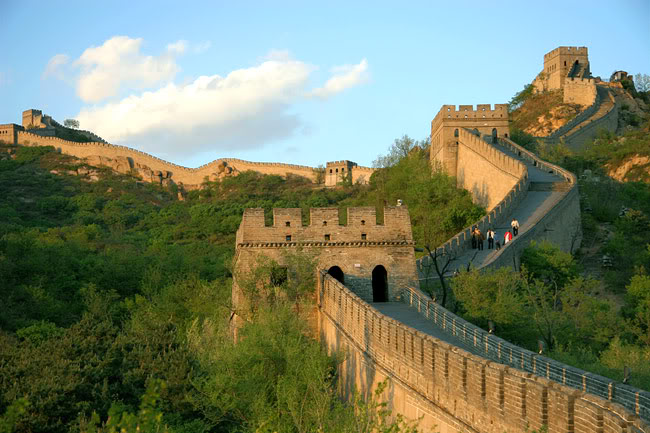
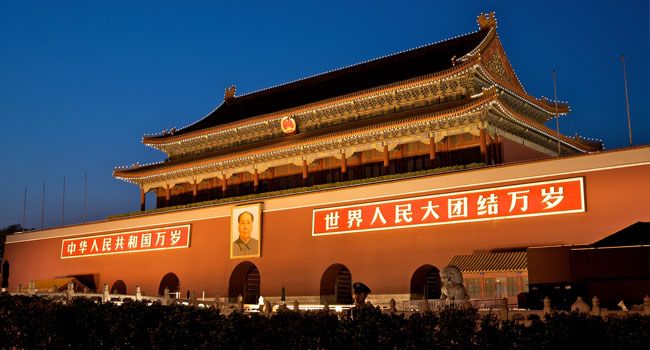
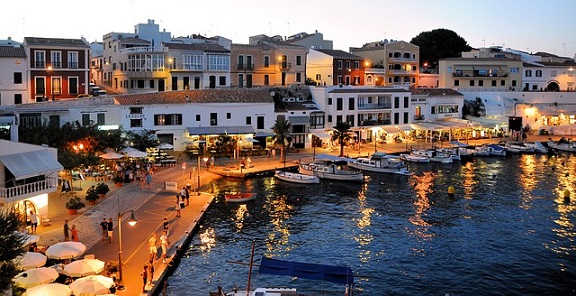
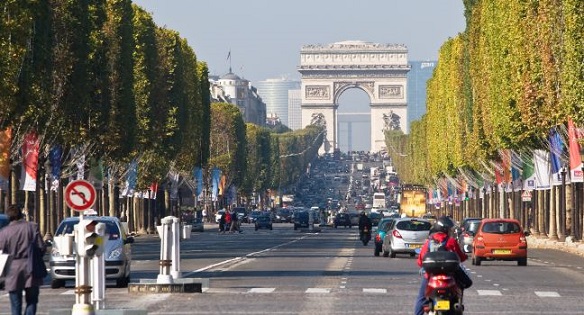
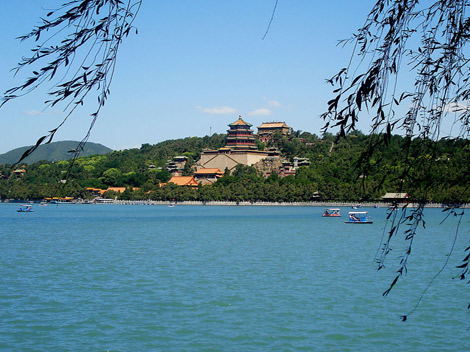






New! Comments
Have your say about what you just read! Leave a comment in the box below.